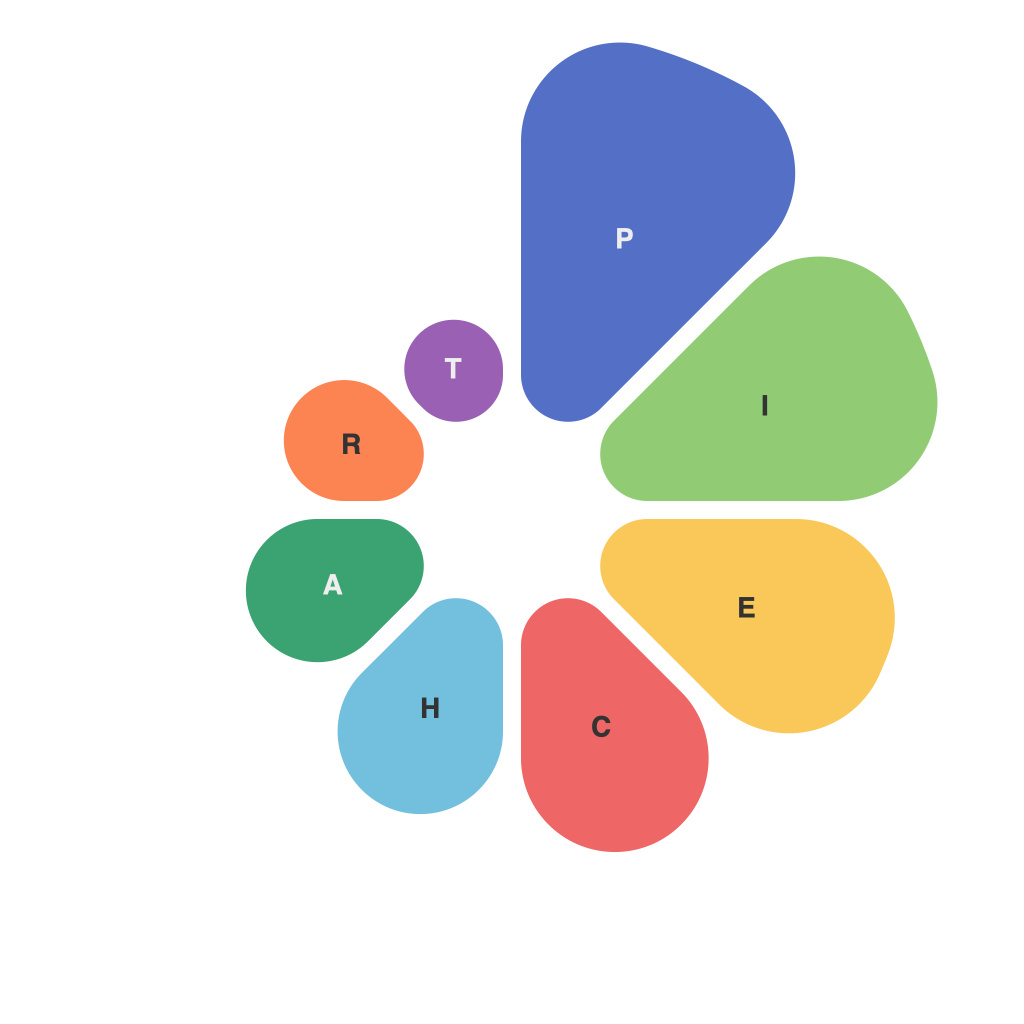Visualizing data is a crucial part of data analysis and decision-making. Among the many types of data visualization techniques available, the pie chart stands out as one of the most popular and well-loved graphical representations. Pie charts are useful tools for depicting whole-to-pie-part relationships which can quickly communicate proportions and percentages. In this comprehensive guide, we aim to familiarize you with the intricacies of understanding and creating perfect pies, ensuring your data presentations are not only informative but also delightful to your viewers.
### Understanding the Basics of Pie Charts
**1. Pie Chart Definition:**
An elementary visualization format, a pie chart displays data in slices of a circle, with each slice representing a different category of the data. The whole circle represents 100% of the total data, and the area of each slice reflects the proportion or percentage of the total.
**2. When to Use a Pie Chart:**
Pie charts excel at highlighting the major contributors to a whole, illustrating simple percentage comparisons. Use them when the number of categories is limited (typically no more than seven) and when it’s critical to showcase how the parts of a whole add up to the complete picture.
**3. The Elements of a Pie Chart:**
– **Center Label:** Indicate the name of the data subject, usually positioned at the bottom center of the chart.
– **Arcs or Slices:** The sections or slices of the pie represent the different categories and are proportionally colored to show each segment’s percentage.
– **Data Labels:** These specify the exact percentage or number within each slice.
– **Legend:** Optional, a legend explains the colors used if you have a complex chart with many categories, as pie charts can become visually cluttered with too much information.
### Creating Perfect Pies
**1. Pie Chart Design Best Practices:**
– **Keep it Simple:** Strive for simplicity and clarity—avoid pie charts with too many slices. Remember, complexity reduces the viewer’s comprehension.
– **Standardize Color Coding:** Use a consistent and easily distinguishable color scheme. A color wheel or a color gradient can help balance the chart’s appearance.
– **Orientation:** Horizontal orientation is generally preferred as it can display more slices before becoming overly complex.
– **Legend Placement:** Place the legend on the left side or the bottom where it’s unlikely to distract from the pie.
**2. Using Software to Create Pie Charts:**
While you may be able to draw a pie chart by hand, specialized software enhances both the design and accuracy of your pies. Here are a few popular tools:
– **Microsoft Excel or PowerPoint:** Both offer straightforward pie chart tools suitable for quick and simple charts.
– **Tableau or Power BI:** These data visualization platforms offer extensive customization, allowing users to create dynamic, interactive pies.
– **Infographics Software:** Adobe Illustrator and Canva are ideal if you need to design a visually polished pie chart.
**3. Advanced Pie Charts:**
– **Exploded Pie Charts:** These can be used for emphasizing a single category by slightly “exploding” it out from the circle. It might help the viewer focus on that particular segment.
– **3D Pie Charts:** While visually appealing, 3D pie charts can lead to misinterpretation of data due to the difficulties in accurately conveying proportions. Use them sparingly.
– **Donut Charts:** Similar to pie charts but with a ring inside. They can communicate the same message as pie charts and even show the data within categories.
### Analyzing and Interpreting Pie Charts
Pie charts are not always foolproof. When interpreting pie charts, keep the following points in mind:
– **Be cautious with small slices:** Small slices can be hard to decipher. Splitting a pie up into even smaller slices makes it more challenging for viewers to distinguish between them.
– **Be aware of the context:** Be careful about mixing absolute and relative data in the same pie chart. A pie will tell a different story if you’re looking at it during different periods of time.
– **Analyze with caution:** When comparing multiple pie charts, the center of rotation tends to change from one to another. This can cause slight variations in perception unless specifically corrected with an “anchoring” mechanism (like all pie charts starting from the same point).
In conclusion, visualizing data with pie charts can be a powerful and efficient way to communicate the story embedded within the numbers. Use this comprehensive guide as your roadmap to crafting the perfect pies, and you’ll find your audience understanding the narrative of the data in a heartbeat. From standard pie charts to complex multi-level representations, this guide has the tools you need to become proficient in the art of pie chart creation and analysis.

